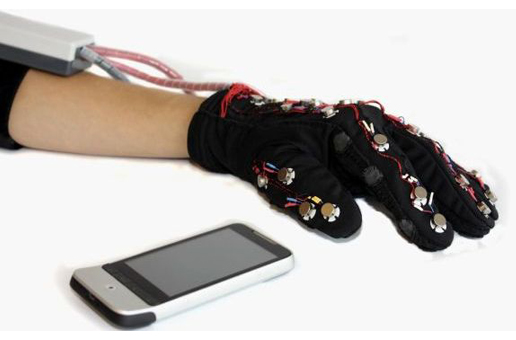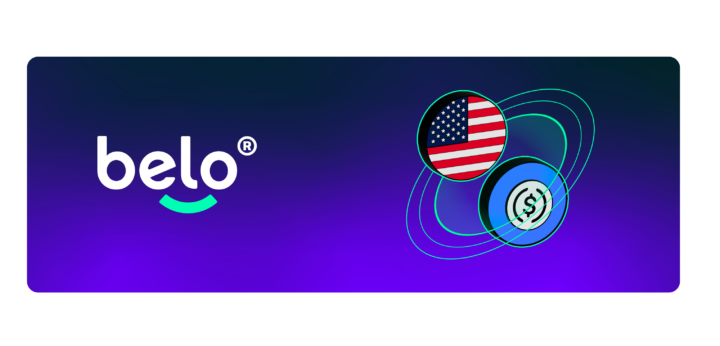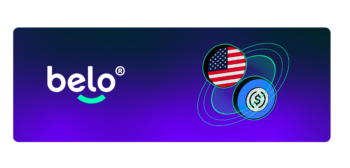Berlin-based research group Design Research Lab has created a glove that helps the deaf and blind interact with mobile devices. The glove utilizes Lorm, a common method of communication for deaf-blind people in Europe, creating vibrations on and across particular parts of the user’s hand to relay messages.
Deaf-blind largely have had to rely on tactile sign languages that operate through physical contact like Lorm, which uses contact with the hand to communicate. Lorm specifically is a hand-based alphabet, where characters are assigned to particular parts of the hand and are touched in sequence to create words and phrases.
The Mobile Lorm Glove works to both send and receive messages using the hand in the same way. The palm-side of the glove has touch sensitive inputs across the fingers and palm that reads Lorm inputs and translates them to text readable on a mobile device. Any incoming messages are read and translated to Lorm through vibrations on the back of the user’s hand.
[youtube id=”FLfa9ni7X3I” width=”600″ height=”350″]
Communication with mobile devices happens via a Blutooth transmitter attached to the wrist of the user. Translations can be sent to a phone’s SMS, chat, or email applications, enabling the wearer to easily address a wide range of people at once.
The glove effectively becomes a whole new translation device for the deaf-blind with an incredible range of applications. The best thing about the new technology is that it allows deaf-blind people to communicate with a huge new world of people – not just those who can understand Lorm. Design Research Lab hopes the mobile glove will be a big social step for deaf-blind people, who often become socially isolated due to their disability.
The glove is part of the group’s Designabilities project, which aims to “transfer properties from disability contexts (e.g. deaf/blind communication) into general contexts of communication.”
Its creators say the next step for the device will be to implement speech recognition on top of its current text translation capabilities.







